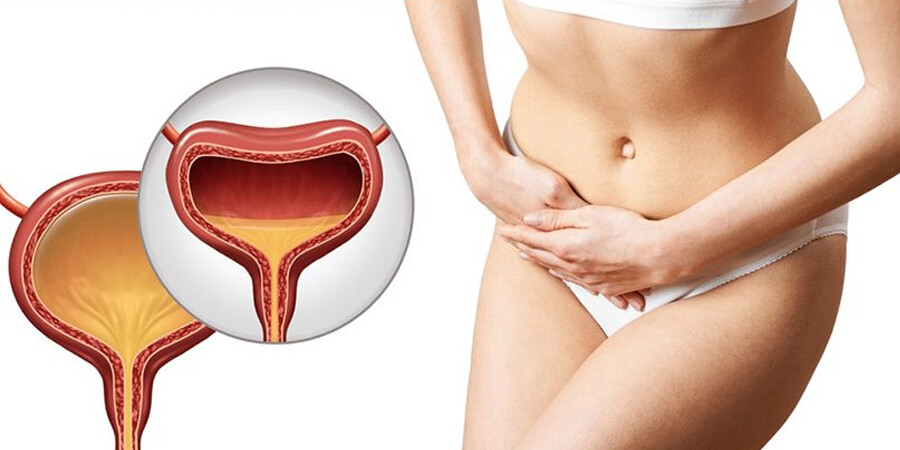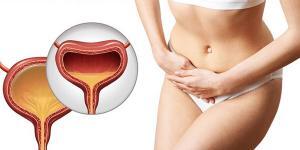
Uterine and vaginal prolapse It is the weakening of the pelvic muscles and ligamentous connective tissues, causing the uterus to sag downwards. It can be seen in women of all ages. Situations that cause this are as follows: There are many reasons such as increasing age, pregnancy, multiple births, giving birth to a large baby, decrease in estrogen level, smoking.
Vaginal prolapse occurs when the muscle around the vagina, connective tissues, and the nerve that holds the pelvic organs and tissues in place, break as the muscle tissues weaken and prolapse occurs outside the vagina. It occurs due to reasons such as normal birth, insufficient estrogen, and old age.
What are the symptoms of uterine and vaginal prolapse?
- Tissues protruding from the vagina
- painful sexual intercourse
- Feeling like something is coming out of the vagina
- Increase in the amount of discharge
- lower back pain
- inability to urinate
- intestinal problems
What are the treatment methods?
- Doing exercises such as kegel to strengthen the pelvic muscles
- Do not lift too heavy loads.
- A vaginal ring is used if you want to have a child.
- To repair the pelvic tissue, the weakened tissues are replaced with synthetic tissue or tissue taken from any part of the woman.
- Hysterectomy is one of the surgical operation methods. It is performed with laparoscopic surgery. In this case, the uterus is completely removed.
- Some medications may be given to strengthen the muscles inside the vagina. It can be strengthened by taking estrogen supplements.
- A pessary is a small instrument that is inserted into the vagina. It is the choice for women who are not sexually active and cannot undergo surgery.
- Estrogen creams are also among the drug treatments used for sagging.



